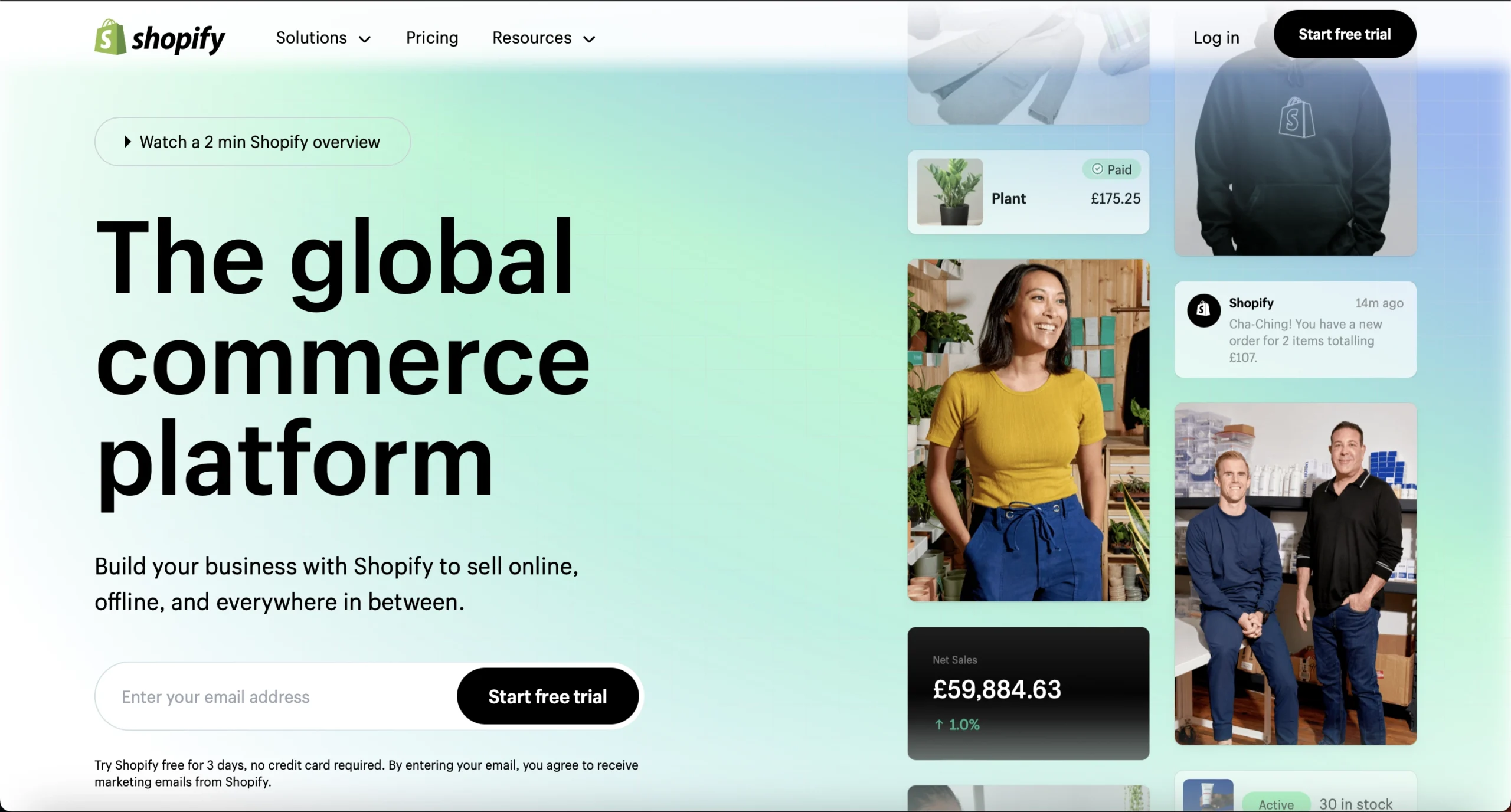

There are many no-code platforms available on the market today. Some of the most popular include:
Wix
Wix is one of the most well-known no-code platforms, and for good reason. It’s user-friendly and offers a wide range of pre-built templates and widgets that can be easily customized.
One of the biggest benefits of Wix is that it’s free to use, which makes it a great option for small business owners or entrepreneurs who are working on a tight budget.
Wix also offers an e-commerce platform which allows businesses to easily set up an online store.
Weebly
Weebly is another popular no-code platform that is known for its ease of use. Like Wix, it offers a wide range of pre-built templates and widgets that can be easily customized.
Weebly also offers a range of e-commerce features, making it a great option for businesses that want to sell products or services online.
Additionally, Weebly has a mobile-optimized platform and allows businesses to create their website with the option of mobile optimization.
Shopify
Shopify is an eCommerce focused no-code platform that allows businesses to easily set up an online store.
It offers a wide range of pre-built templates, as well as a variety of e-commerce tools such as inventory management, shipping and tax calculation, payments and more.
Shopify also provides businesses with a variety of third-party apps that can be easily integrated into their website to add additional functionality.
Bubble
Bubble is a no-code platform that allows businesses to easily create web and mobile applications. It offers a wide range of pre-built templates and widgets that can be easily customized.
Bubble is great for creating web and mobile apps that require custom functionality, as it has a built-in logic and data modelling tools.
Additionally, Bubble provides collaboration features that can be beneficial for teams or businesses who are working on a project together.
Webflow
Webflow is a no-code web design platform that offers a wide range of pre-built templates and widgets that can be easily customized.
However, Webflow also allows designers to work with code and provides them with a powerful design tool for advanced customization.
This makes it a great option for web designers who are looking for more control and flexibility over their designs.
It’s important to note that each of these no-code platforms offers its own set of features and benefits, and the best option will depend on the specific needs of your project.
In general, though, no-code platforms offer a way to create websites and applications quickly and easily, without needing to know how to code.
They are a great option for small business owners, entrepreneurs, and even professional web designers who want to speed up their workflow.
Advantages of no-code platforms:
- No-code platforms are typically user-friendly and easy to learn, even for people with no programming experience. This means that you can create and manage your applications without needing to know how to code.
- No-code platforms often provide a wide range of pre-built templates and components that you can use to create your application quickly and easily. This can save you time and effort compared to building your application from scratch.
- No-code platforms are often less expensive than hiring a developer or buying specialized software. This can save you money and make it easier to create and manage your application on a budget.
Disadvantages of no-code platforms:
- No-code platforms may not be as flexible or customizable as traditional programming languages. This means that you may not be able to create certain types of applications or add certain features to your application.
- No-code platforms may not be as scalable or performant as applications built with traditional programming languages. This means that your application may not be able to handle a large number of users or complex data without slowing down or crashing.
- No-code platforms may not be as secure or reliable as applications built with traditional programming languages. This means that your application may be more vulnerable to hacking or other security threats.







